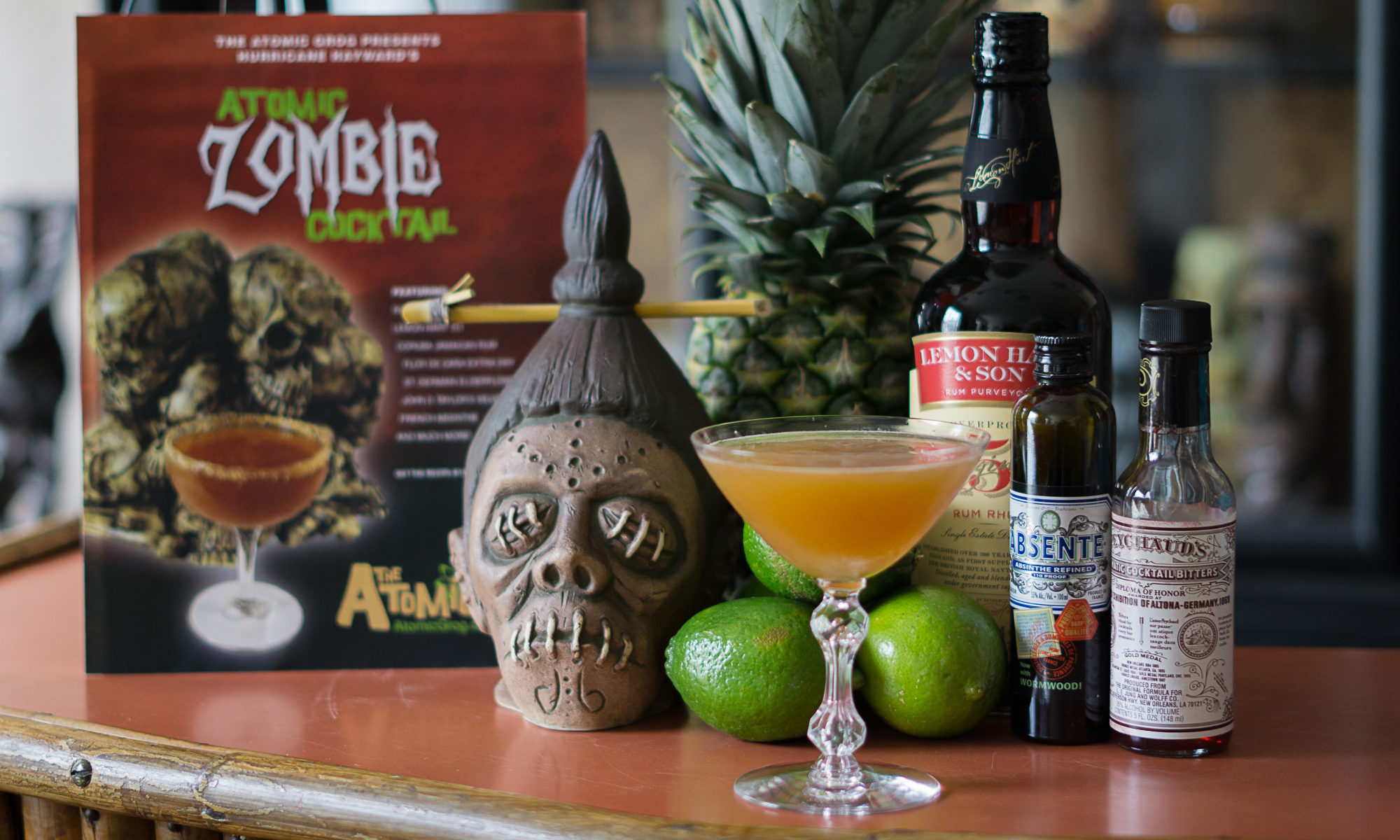Updated July 2018
See below: Our K.O. Cooler review | Ancestor recipes | Tribute recipe
Related: Trade in Vic’s Mai Tai for this classic | Mai-Kai cocktail guide

It’s 1937. A budding Oakland, Calif., restaurateur named Victor Bergeron ventures south to Hollywood to see for himself what all the hoopla is about surrounding a small tropical-themed bar called Don the Beachcomber. According to legend, Bergeron was inspired to adopt the same Polynesian theme and shortly thereafter changed the name of his restaurant from Hinky Dink’s to Trader Vic’s.
The rest is history, and Trader Vic’s remains the standard-bearer for Polynesian restaurants worldwide with more than 25 locations. The Don the Beachcomber chain disappeared, save for a lone corporate restaurant/bar location at the Royal Kona Resort in Hawaii and a recently closed one-off franchise in Huntington Beach, Calif., that’s reportedly reopening soon in a new location. Neither, however, have much tangible connection to founder Donn Beach. He officially left the company when his ex-wife, Sunny Sund, took the helm during World War II.
Our nation’s soldiers always held a special place in the heart of Beach, a veteran of the Army Air Corps during WW II and recipient of both a Bronze Star and Purple Heart. One of the drinks on Beach’s menu in 1937 was the Q.B. Cooler, named for the Quiet Birdmen, a drinking fraternity of aviators founded by seven World War I pilots in 1921. Donn changed his Q.B. Cooler recipe over the years, but as cocktail historian Jeff “Beachbum” Berry revealed in his 2007 book, Sippin’ Safari, the original version tastes remarkably similar to what Trader Vic later introduced to the world as perhaps the most famous of all tropical drinks, the Mai Tai.

As Berry theorized in the book and later demonstrated during a symposium at the 2009 Hukilau at The Mai-Kai, it’s likely that Bergeron created the Mai Tai by copying the flavor profile of the Q.B. Cooler. What’s remarkable is that the Mai Tai contains quite different ingredients (orange curacao, sugar syrup, orgeat syrup). The two drinks have only rum and lime juice in common. But it’s undeniable that the tastes are incredibly similar.
Of course, Bergeron later claimed that he invented the Mai Tai in 1944 and eventually won a court battle that established him as the originator of the famous cocktail. Berry puts forward the theory that Bergeron most likely did invent the Mai Tai as we all know it, but he was inspired by the Q.B. Cooler and re-created it using almost entirely different ingredients. In honor of the battle to make the best Mai Tai, the Royal Kona holds on popular bartending competition every year dubbed the Don the Beachcomber Mai Tai Festival.
Continue reading “Mai-Kai cocktail review: What could be Cooler than a Mai Tai history lesson?”

